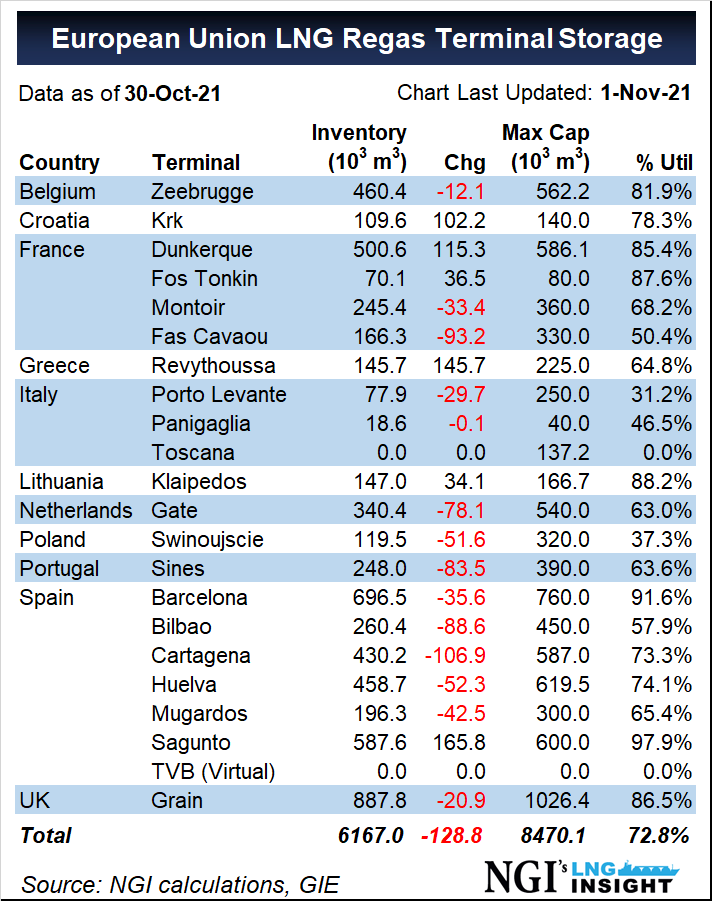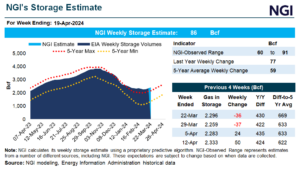LNG | International | LNG Insight | Natural Gas Prices | NGI All News Access
European Natural Gas Prices Jump as Flows Reverse on Key Russian Pipeline — LNG Recap
© 2024 Natural Gas Intelligence. All rights reserved.
ISSN © 1532-1231 | ISSN © 2577-9877 |



